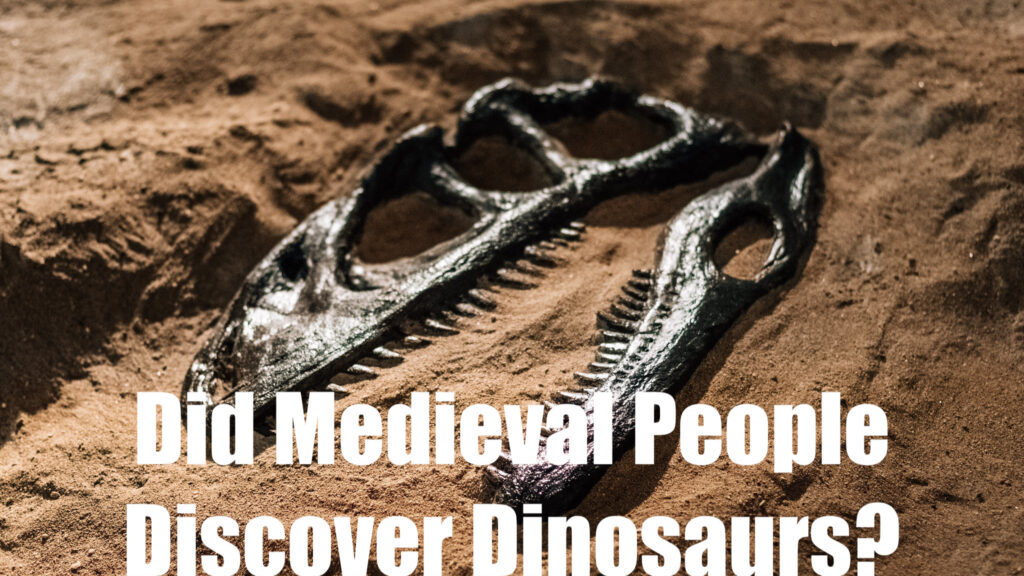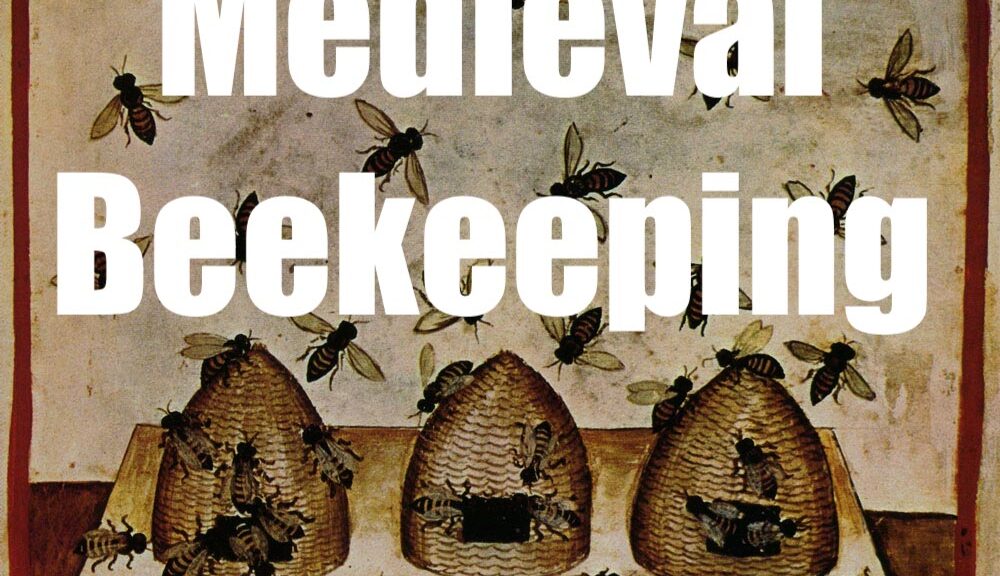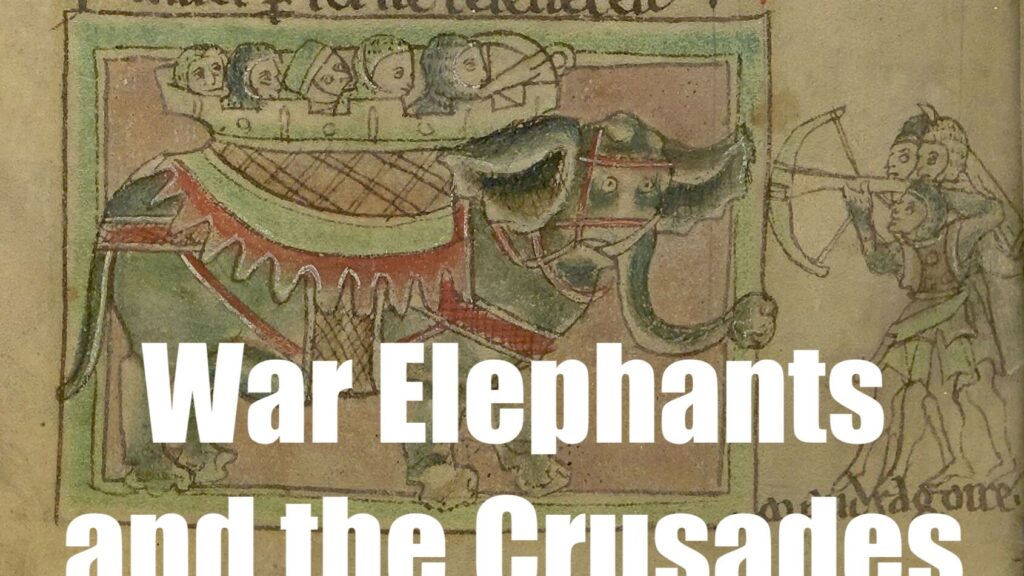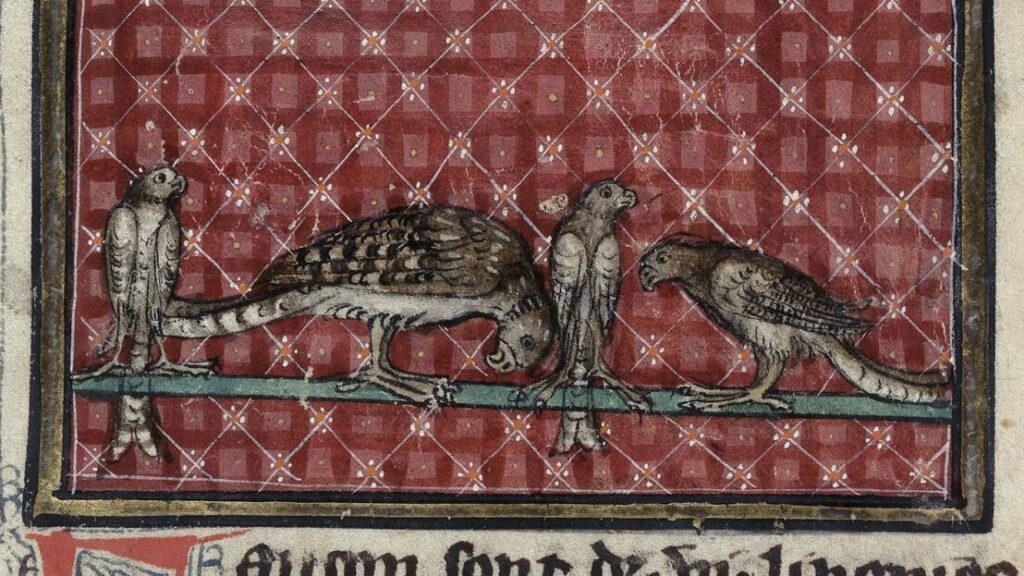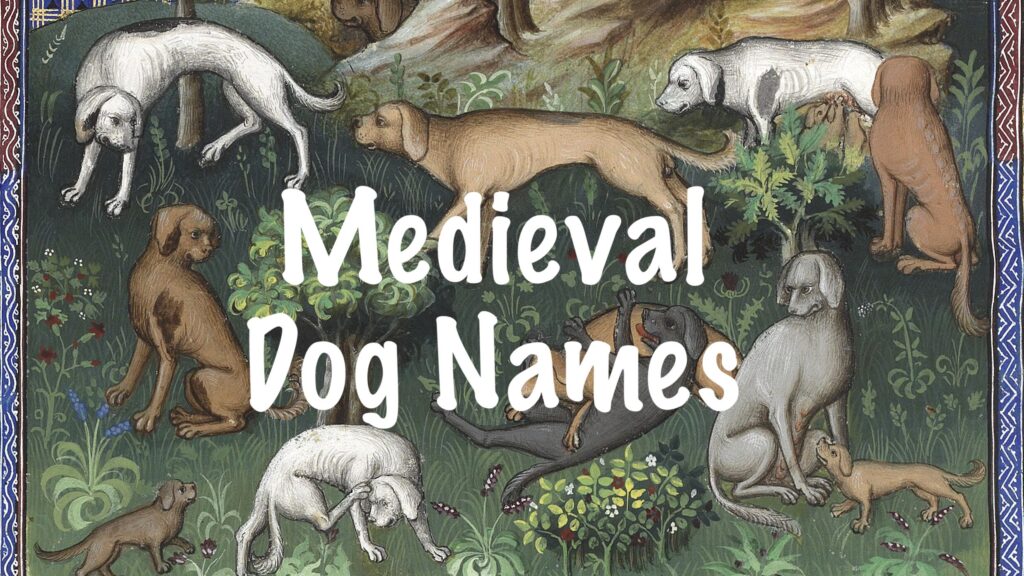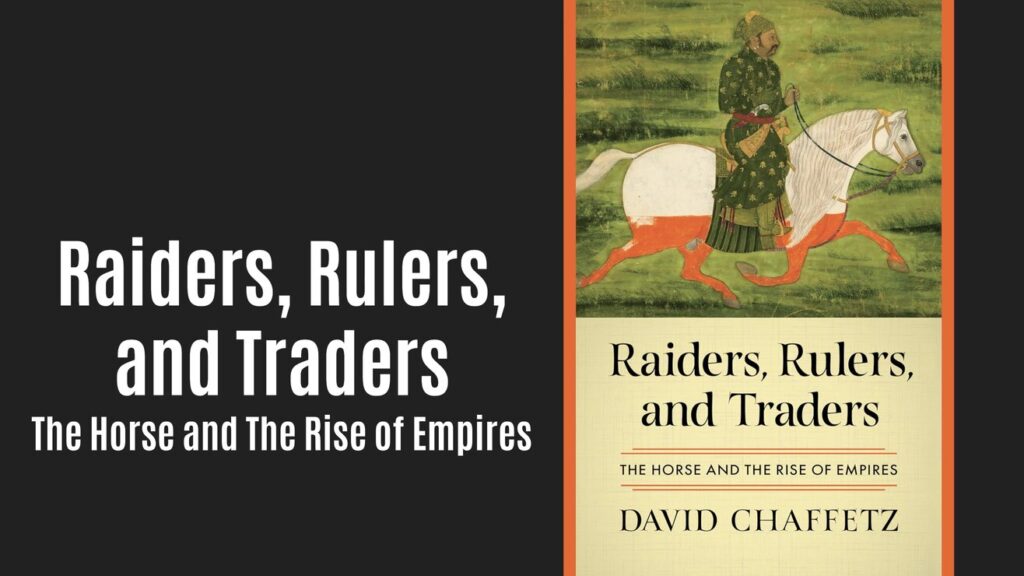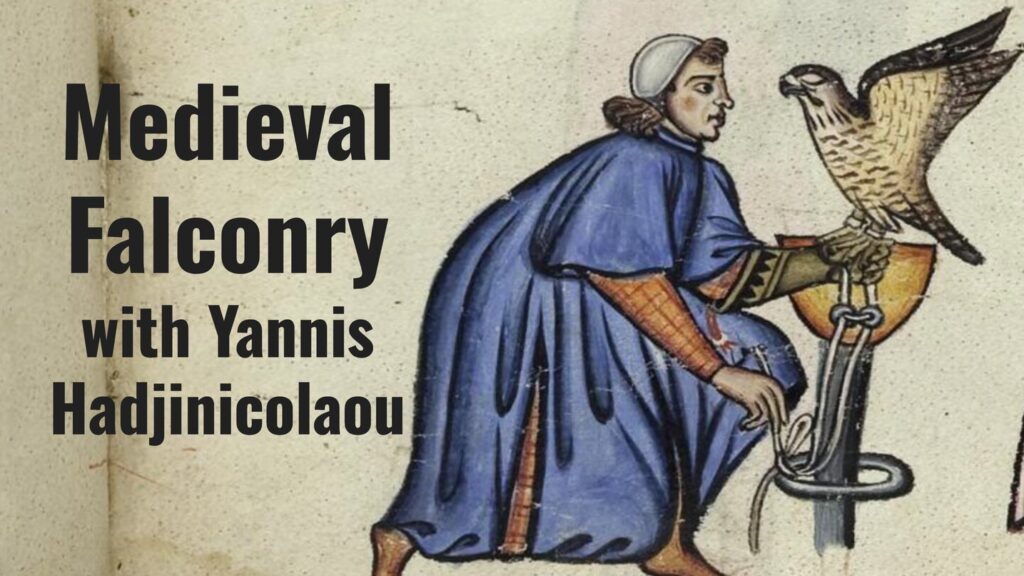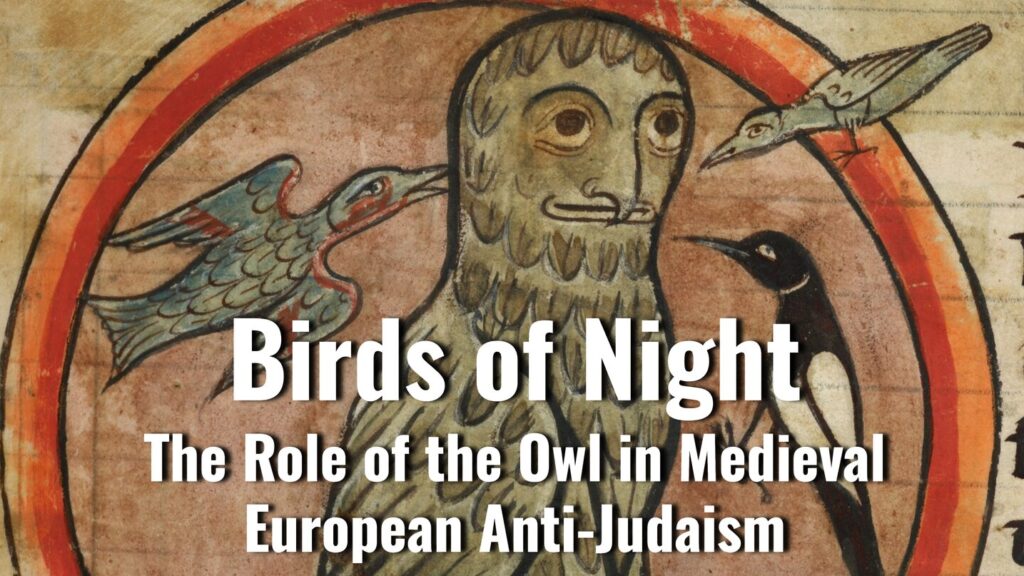Did Medieval People Discover Dinosaurs? Rethinking Fossils in the Middle Ages
Could medieval people have found dinosaur bones? This article explores how fossils may have shaped medieval legends, religious relics, and monstrous beasts long before science named them.
The Bees of Byzantium: A 10th-Century Guide to Medieval Beekeeping
Discover how medieval Byzantines kept bees with practical advice from the 10th-century Geoponika, a rare farming manual that covers hives, honey, and the remarkable nature of bees.
Five Ways the Lion Roared in the Middle Ages
A look at the five symbolic identities that the lion had in Western medieval culture: The Threatening Lion, The Christian Lion, The Noble Lion, The Sinful Lion, and The Clement lion.
Were War Elephants Really Used During the Crusades?
Were war elephants actually used during the Crusades? Discover how history, art, and medieval imagination shaped Western perceptions of these towering beasts.
New Medieval Books: Enchanted Creatures
A journey through humanity’s long fascination with the monstrous, ranging from dragons to walruses. This book explores how cultures across time have imagined, exaggerated, and feared creatures both real and mythical.
New Medieval Books: The Donkey King
Why does the humble donkey appear alongside prophets and demons? This book delves into the many roles donkeys play in Arabic literature—from comic relief to a symbol of the supernatural.
New Medieval Books: The Art of Medieval Falconry
An introduction to the sport of falconry in the medieval world, this book details several different aspects, ranging from how these birds were trained to their usefulness as gifts in diplomacy.
New Medieval Books: Saints and Sinners on Horseback, Volume II
Saints and Sinners on Horseback, Volume II Edited by Miriam A. Bibby Trivent Publishing ISBN: 978-615-6696-29-8 This book presents seven essays exploring the…
The Surprising Talents of Medieval Dogs
Can your dog dig up rings, dance to music, or tell if a lady is pregnant?
Medieval Birds of Prey Feasted on Human Waste, Study Finds
Birds of prey in medieval Britain relied heavily on scavenging human waste and scraps, a new study has revealed.
Stealing Horses, Losing Feet: Crusader Animal Laws
There were many strange quirks associated with the justice systems of the Crusader States. They were, after all, on the frontiers of Christendom and many aspects of their law books were arcane in the extreme.
How Medieval Armies Cared for Their Warhorses
This article explores how medieval armies looked after their warhorses, from initial preparations to the challenges they faced on campaign.
Training Royal Horses for Warfare: A Medieval Mastery
Their journey from colts to combat-ready mounts showcases the remarkable fusion of science, tradition, and skill in medieval horse training.
How to Buy a Medieval Warhorse
Owning a warhorse was more than a necessity for medieval knights—it was a symbol of their status and a critical asset in battle. England’s warrior aristocracy had multiple avenues to secure these prized animals, ranging from bustling horse fairs to deals with foreign merchants and independent traders.
1,065 Unique Dog Names from the Middle Ages
Looking for the perfect name for your dog? A late medieval treatise may have just what you need—it lists 1,065 unique names for dogs.
How Pigs Shaped Medieval Life: Surprising Roles in Politics, Warfare, and Law
From scavengers cleaning city streets to symbols of royal power, pigs left an indelible mark on medieval history—often in the most unusual ways.
Describe the jaw of a crocodile’: Leonardo da Vinci’s Animal Anatomies
Leonardo also studied and dissected animals at many points of his career. His subjects included horses, bears, monkeys, frogs, dogs and oxen – as surrogates for human material, as independent subjects of study, and on occasion to compare explicitly human and animal anatomy.
New Medieval Books: Raiders, Rulers, and Traders
A sweeping history from prehistoric times to the 20th century, this book examines how the horse helped shaped civilization along the Eurasian Steppe. Several chapters focus on medieval empires, including the Turks, Mongols and Timurids.
Vikings and Indigenous North Americans: New Walrus DNA Study Reveals Early Arctic Encounters
New DNA research reveals that Norse Vikings ventured into the High Arctic centuries ago, meeting Indigenous Arctic peoples and navigating treacherous waters to harvest walrus ivory.
From Antiquity to the Middle Ages: The White Stork’s Journey Across Europe
How ancient is this bond between humans and storks? Where did it first form, and how has it evolved over time?
A Medieval Cat’s Paw Print: How a Mischievous Feline Made its Mark on History
Imagine stumbling upon a centuries-old manuscript and discovering an unexpected visitor had left its mark – a cat’s paw, immortalised in ink. This quirky image, a medieval equivalent of your cat jumping on your keyboard, has captivated social media for over ten years.
Medieval Falconry with Yannis Hadjinicolaou
In the Middle Ages, falconry was one of the most popular pastimes across the known world. More than just a pleasant diversion in the countryside, it was a way to show status, education, sophistication, and leadership. This week on The Medieval Podcast, Danièle speaks with Yannis Hadjinicolaou about why falconry was so widely beloved, and such a popular metaphor for both love and power.
Did the Knights Templar Keep a Pet Crocodile? A Medieval Mystery Unveiled
The Knights Templar, renowned for their military prowess and mystique, may have had an unusual companion at their headquarters in Acre—a pet crocodile.…
Birds of Night: The Role of the Owl in Medieval European Anti-Judaism
In medieval Europe, the nocturnal owl became a dark symbol intertwined with the prejudices of the time, representing Jews as dwellers in spiritual darkness. This unsettling association played a significant role in the era’s widespread anti-Judaism, influencing both religious beliefs and violent actions.
New Medieval Books: Saints and Sinners on Horseback
A collection of 11 essays dealing with horses and their riders in the Middle Ages and Early Modern Era. They range from those animals mentioned in saints’ lives to those who were just being stolen in the English countryside.
